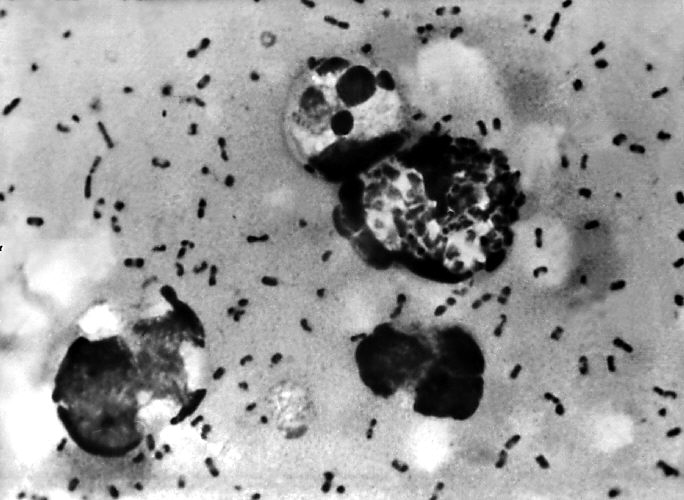The large plague outbreak in Madagascar just keeps getting bigger as international health organization remain very concerned.

According to the latest numbers from the World Health Organization (WHO), between 1 August and 19 October 2017, a total of 1,297 cases (suspected, probable and confirmed) including 102 deaths (case fatality rate 7.9%) have been reported.
Of these, 846 cases (65.2%) were clinically classified as pneumonic plague, 270 (20.8%) were bubonic plague, one case was septicaemic plague, and 180 cases were unspecified (further classification of cases is in process).
Overall, 33 out of 114 (28.9%) districts in 14 of 22 (63.6%) regions in the country have been affected by pulmonary plague. The district of Antananarivo Renivohitra has reported the largest number of pulmonary plague cases, accounting for 63.6% of all the cases.
The Secretary General of the International Federation of Red Cross and Red Crescent Societies (IFRC), Elhadj As Sy said Thursday appealing for international support, “We remain very concerned about this outbreak. It is in many ways a multi-dimensional crisis that involves illness, fear, stigma and discrimination. The response also needs to be multi-dimensional – addressing all these factors in parallel, with active involvement of communities.
LISTEN: Plague: The pandemics and more recent history
“Chief among these priorities is the need to scale up treatment while also supporting the National Society to raise awareness within the communities – this is critical to containing and quickly ending this outbreak.”
IFRC has launched an international emergency appeal for 5.5 million Swiss francs to expand the already growing Red Cross response.
This comes on the back of an announcement last week of a 1 million Swiss franc allocation from the IFRC Disaster Relief Emergency Fund (DREF). This allocation has already enabled the deployment of nearly 20 medical and technical staff to support volunteers on the ground, alongside medical equipment and medicines to treat plague.
There is a seasonal upsurge, predominantly of the bubonic form, which occurs every year, usually between September and April. The plague season began earlier this year and the current outbreak is predominantly pneumonic and is affecting non-endemic areas including major urban centres such as Antananarivo (the capital city) and Toamasina (the port city).
Related:



The horror of this plague is that a person experiences symptoms identical to a slight cold having passed by, or stood next to a person with it who has coughed or used a tissue and then touched something you might then touch. You become easily infected in the same manner you might catch a cold from being close to someone coughing or sneezing. Ones symptom of developing a slight cough is usually ignored, but with pneumonic plague your slight cough proceeds to death within 24-72 hours unless treated promptly with the right antibiotic meds in time to arrest the flagrant pneumonia that kills so fast. Given the very low level of access to health care in Madagascar the numbers of deaths being reported must be a fraction of what is actually taking place.